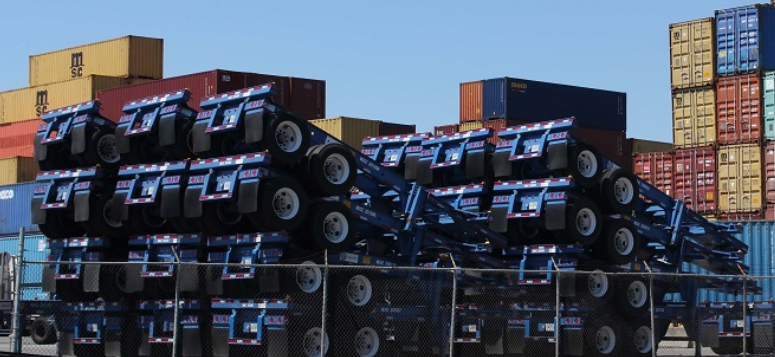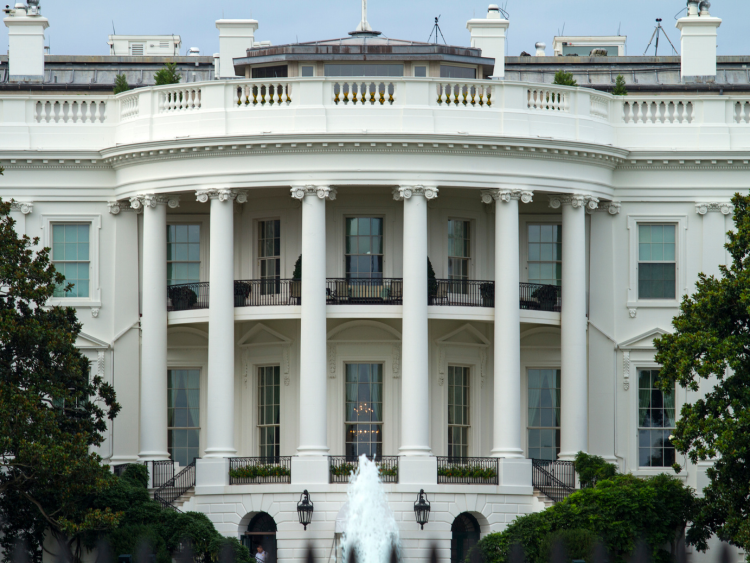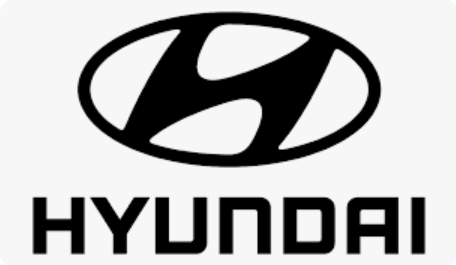Automotive

Price on Trade: Auto tariffs, auto parts, and Hyundai – a world of rapid changes
Written by Alan Price & Ted Brackemyre
March 29, 2025
On March 26, 2025, President Trump announced that the United States would impose an additional 25% import duty on automobiles and automobile parts, using authority under Section 232 of the Trade Expansion Act of 1962. The new duties will apply to passenger vehicles (including sedans, sport utility vehicles, crossover utility vehicles, minivans, and cargo vans), light trucks, and certain automobile parts (including engines and engine parts, transmissions and powertrain parts, and electrical components). According to the president’s executive order, the new duties will become effective on April 3, 2025, for passenger vehicles and light trucks and no later than May 3, 2025, for auto parts.
The new tariffs build and rely on a Section 232 investigation conducted by the US Department of Commerce during the first Trump administration. Following a 2018-2019 investigation into the national security impacts of US automotive imports, in a February 2019 report, Commerce concluded that imports impaired the ability of the domestic automotive industry to meet national defense requirements and otherwise threatened to impair national security. The agency suggested several courses of action that the United States might take to counter these threats, including additional tariffs on passenger vehicles, light trucks, and parts. According to the newly issued executive order, Commerce has informed the president that the concerns underlying the 2019 report continue to persist.
Especially in light of ongoing trade tensions with Canada and Mexico, it is noteworthy that the new auto tariffs do not fully exempt passenger vehicles and light trucks that would otherwise qualify for preferential treatment under the US-Mexico-Canada Agreement (USMCA). For automobiles that qualify for preferential treatment under USMCA, the non-US content of an automobile remains subject to the 25% duty, as only the US content is considered excused from the duties. For these purposes, the executive order specifies that US content means components that are wholly obtained, produced entirely, or substantially transformed in the United States.
In addition, the president’s executive order states that if the declared value of US content is found to be inaccurately reported, duties will be owed on the full value of the vehicle regardless of its actual US content. Full duty liability will then be applied retroactively and prospectively to all imports of the same model of vehicle by the same importer until the overstatement has been corrected and the correction has been verified by US Customs and Border Protection. In cases of inaccurate reporting, additional fees and penalties may also be applied.
With respect to automobile parts, the new duties appear to cover the same products on which Commerce proposed additional import duties as part of its original 2019 Section 232 investigation report. However, the final set of covered tariff codes has yet to be issued, although it is expected that Customs will do so soon. Additional parts may be made subject to the duties in the future. Further, auto parts that are eligible for USMCA preferential treatment may enter duty-free under the new program, but only until Commerce establishes a process to ensure the tariffs will be applied exclusively to the value of the non-US content in those parts. The executive order also makes clear that only individual parts are eligible for preferential treatment of their US components. Such treatment does not apply to knock-down kits or parts compilations. Finally, it is worth noting that the derivative product provisions in the Section 232 steel and aluminum tariffs cover (or potentially cover) auto parts not covered by the automotive Section 232 tariffs. In fact, the aluminum derivative products list explicitly covers a number of automobile parts.
Hyundai takes aim at automobile production and automotive steels – The Rouge Model
The Trump administration is aggressively courting new investment across many US industries. And preceding the president’s announcement of new auto tariffs this week, the Korean automaker Hyundai Motor Group announced a $21 billion investment in US production, which will more than double its investments in the United States over the next four years. A lynchpin of Hyundai’s investment strategy is the construction of a $5.8 billion EAF steel mill in Louisiana, where it will have an annual production capacity of 2.7 million tons and be capable of supplying high-quality exposed automotive steel to itself and other automakers in the United States. It is notable that Hyundai seeks to onshore automotive steel production with a new US mill, but also that it is doing so with EAF production. As we have commented previously, EAF-DRI mills are capable of producing the most advanced and highest quality steels, including exposed automotive grades. The ability for integrated producer interests to argue otherwise continues to lose credibility. Hyundai’s investment is the latest evidence to that point.
Additionally, as shown by the build-out of new US EAF mills by Hyundai, Nucor, and ArcelorMittal Calvert, which are being designed with high-grade, exposed automotive steels in mind, the remaining space for older domestic integrated steelmakers may narrow as newer, more efficient mills continue to enter the market with world-class quality. In this regard, the continuing transition of the American steel industry towards modern mills and newer technologies, such as EAF-DRI, appears inevitable. In fact, in a world with massive excess steel capacity, the United States stands out as one of the few developed countries that is investing in new, clean, and efficient greenfield steel facilities while also allowing market forces to retire older, dirtier capacity.
Editor’s note
This is an opinion column. The views in this article are those of experienced trade attorneys on issues of relevance to the current steel market. They do not necessarily reflect those of SMU. We welcome you to share your thoughts as well at info@steelmarketupdate.com.

Alan Price
Read more from Alan Price
Ted Brackemyre
Read more from Ted BrackemyreLatest in Automotive

Tariff fallout: Canada strikes back, Stellantis idles, GM boosts production
Canada imposes auto tariffs, while automaker Stellantis temporarily idles some plants.

US chassis makers seek duties on imports from Mexico, Thailand, and Vietnam
Upon the request of US chassis manufacturers, the Commerce Department this week initiated investigations into the alleged dumping and subsidization of chassis imported from Mexico, Thailand, and Vietnam.

Trump: 25% auto tariffs to begin on ‘Liberation Day’
President Donald Trump on Wednesday signed a proclamation that will impose a 25% tariff on most imported passenger vehicles.

Hyundai formalizes plan to build $5.8B steel mill in Louisiana
South Korea’s Hyundai has formally announced a nearly $6-billion investment to build a steel mill in Louisiana to supply steel for the company’s automotive interests in the southeastern US.
